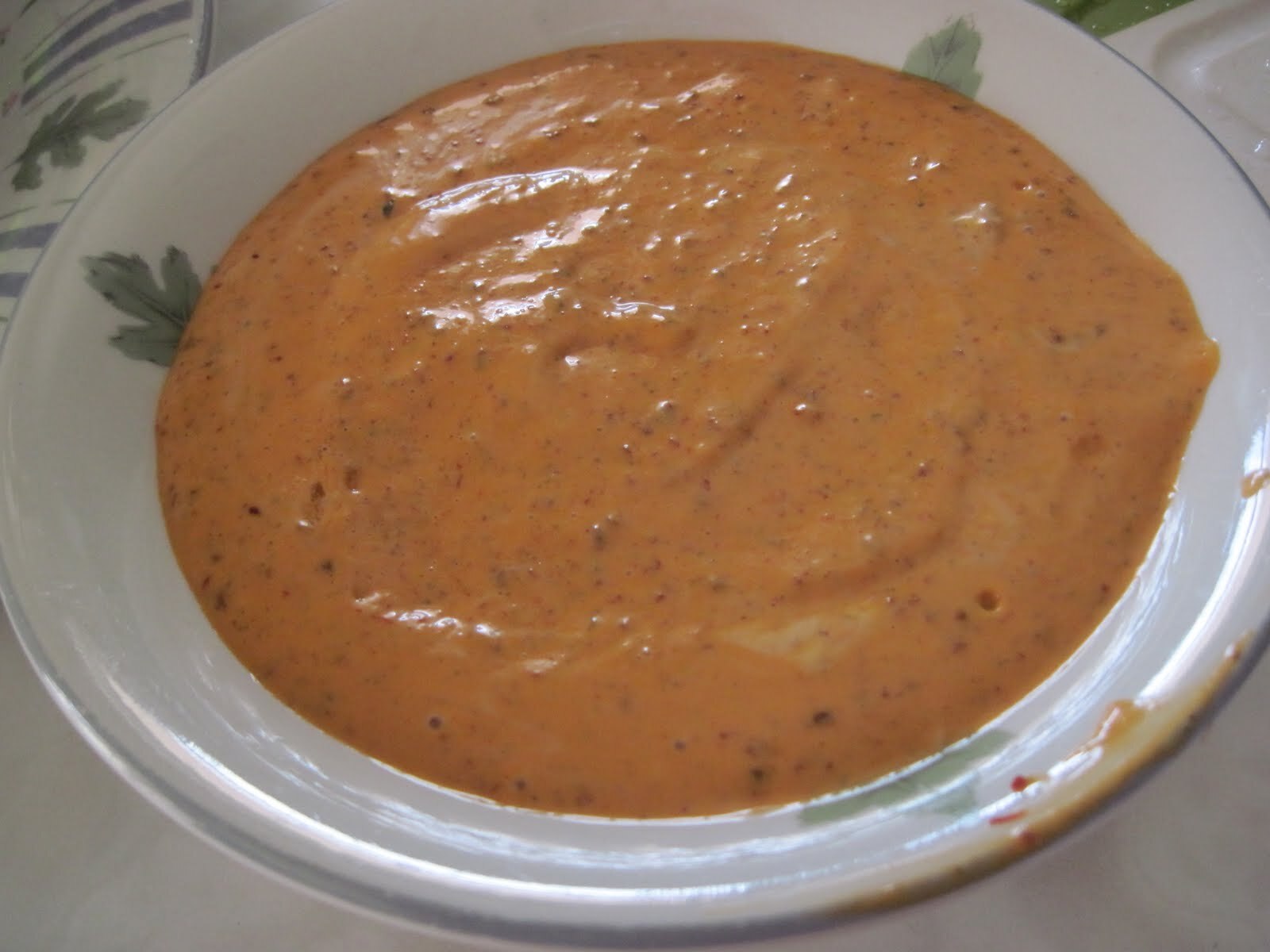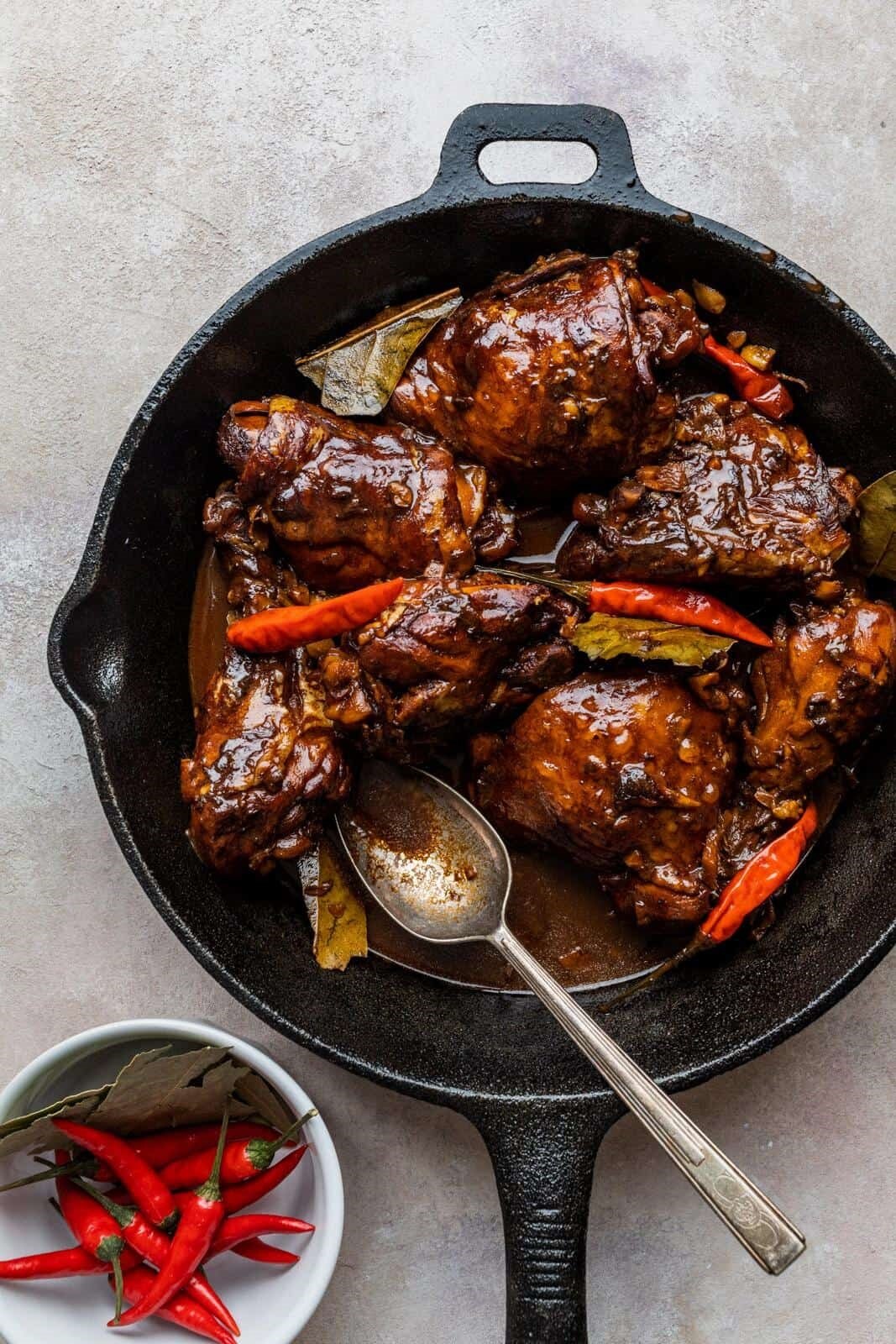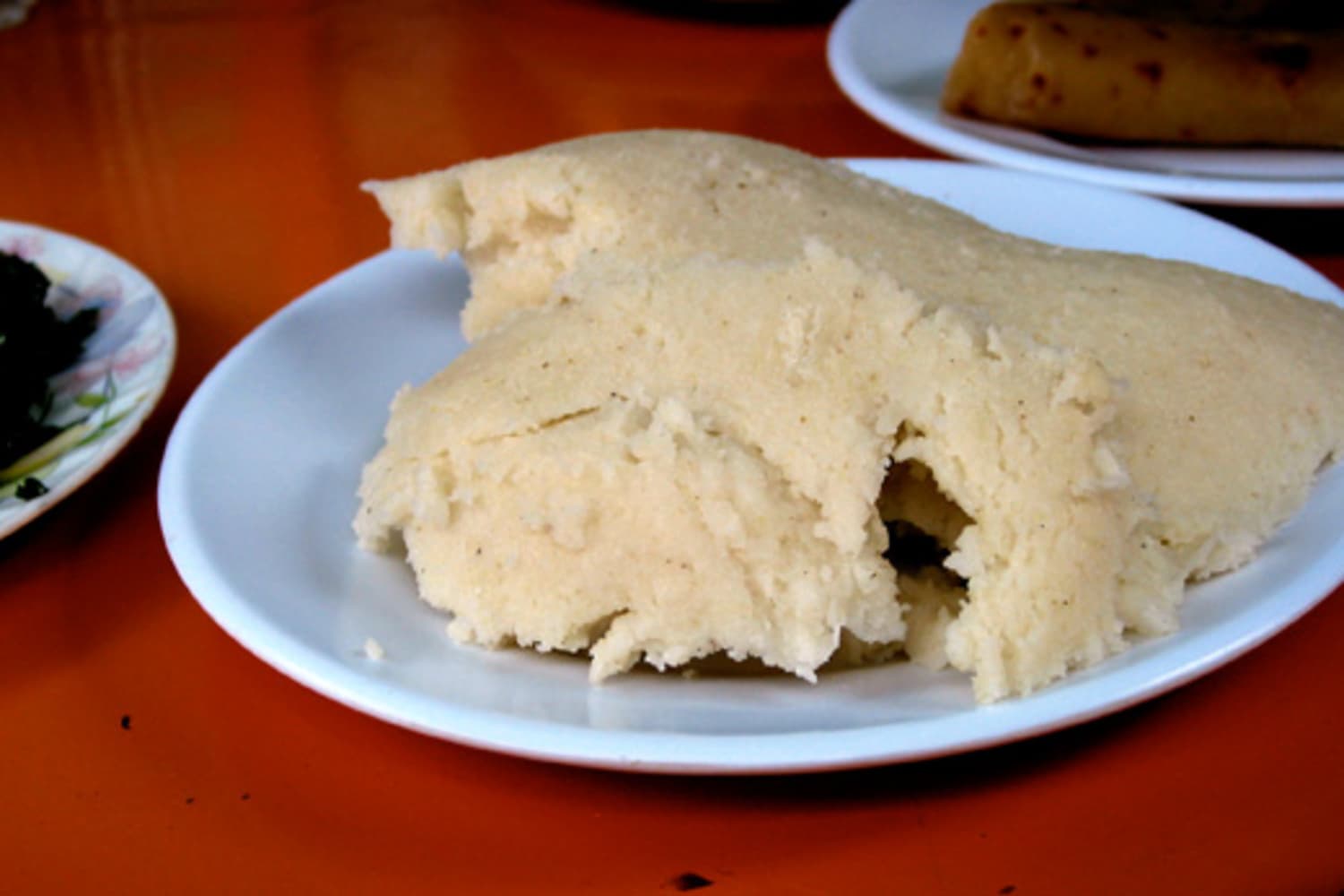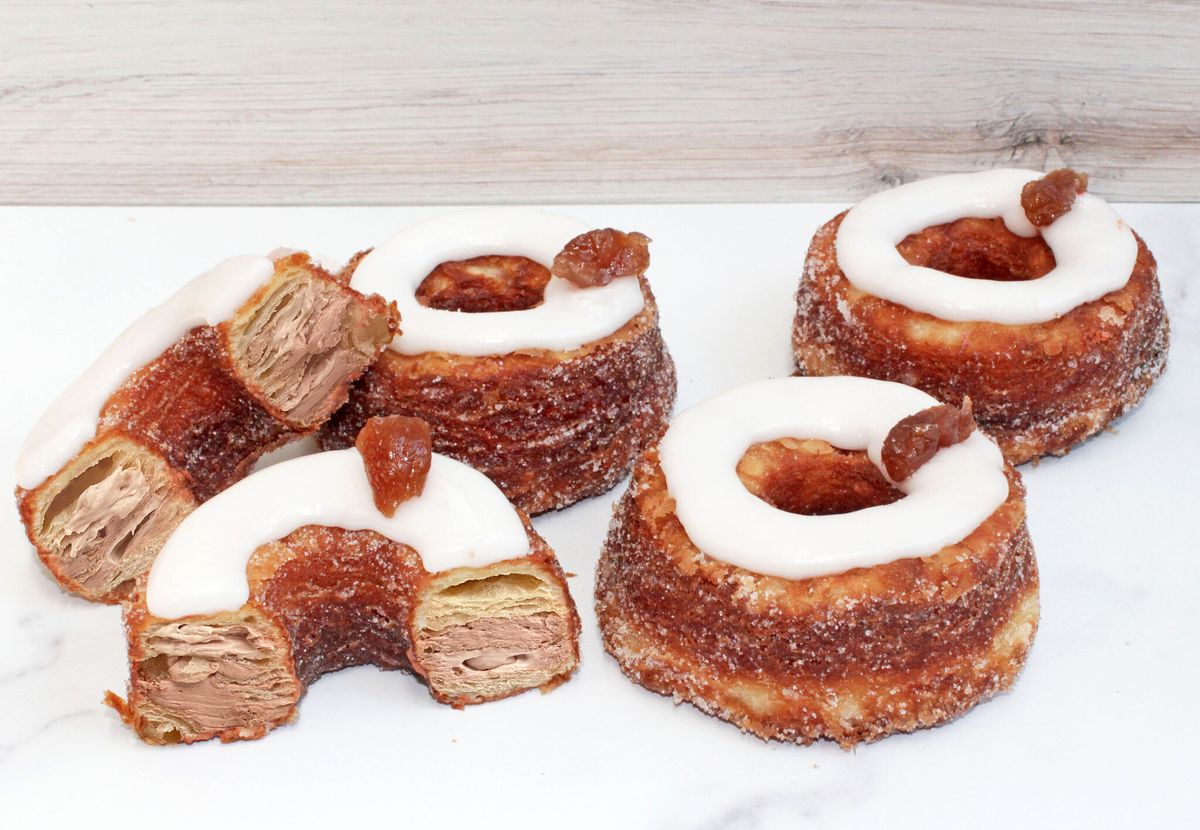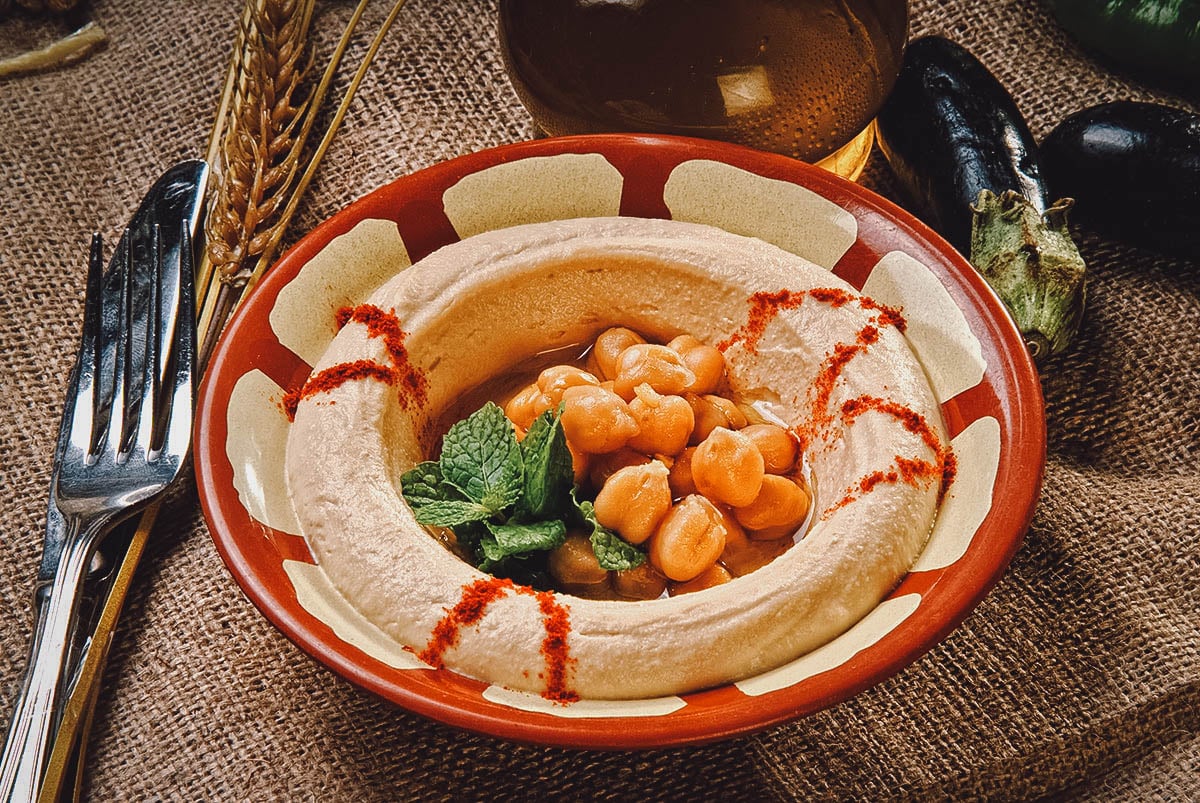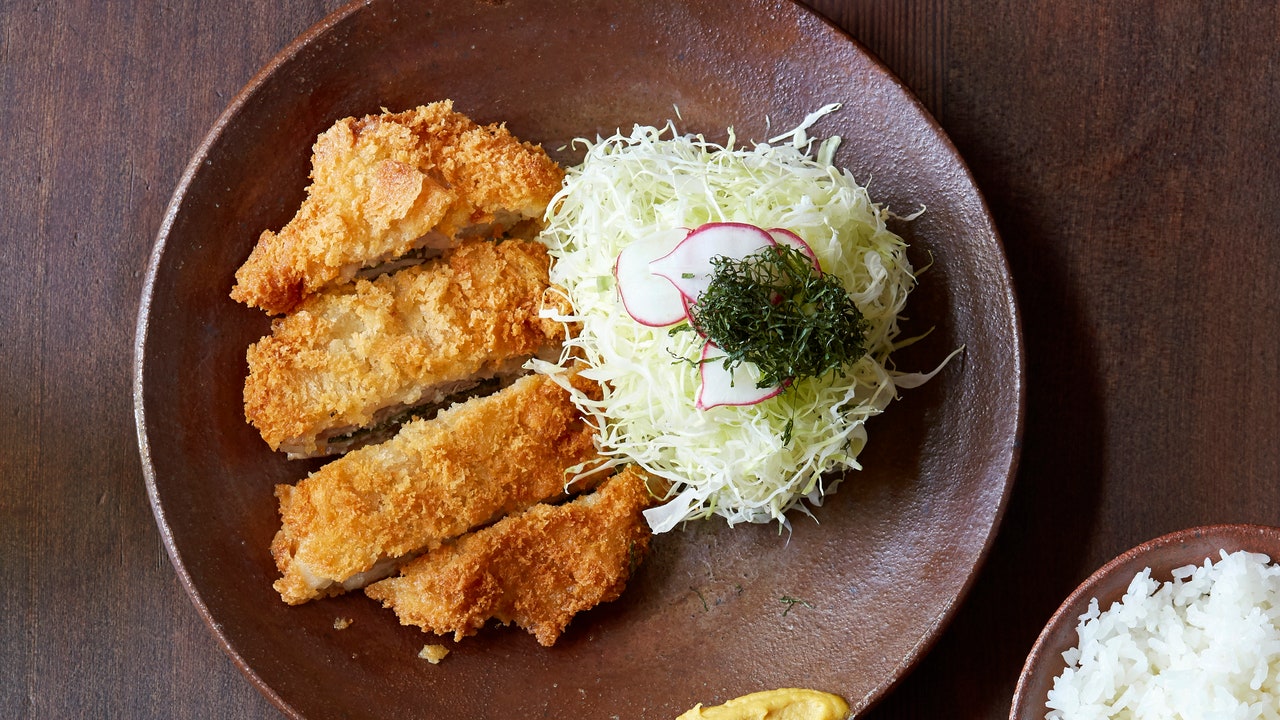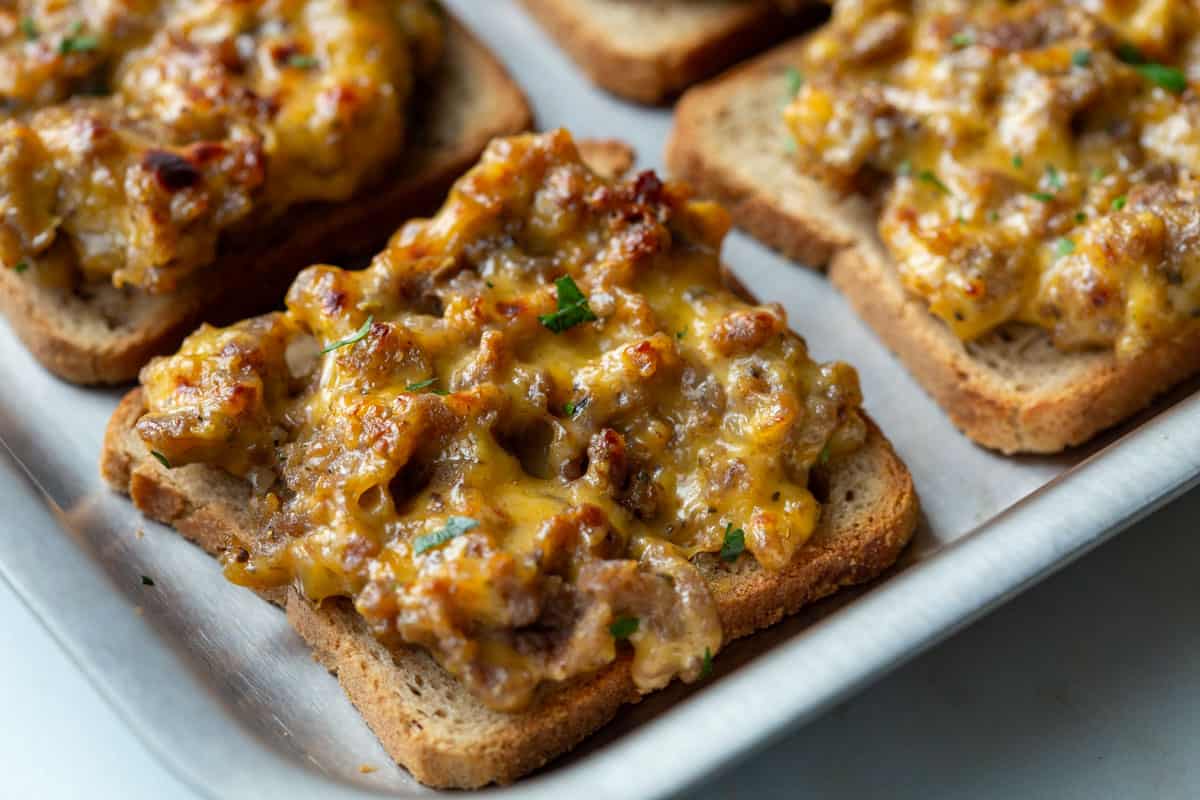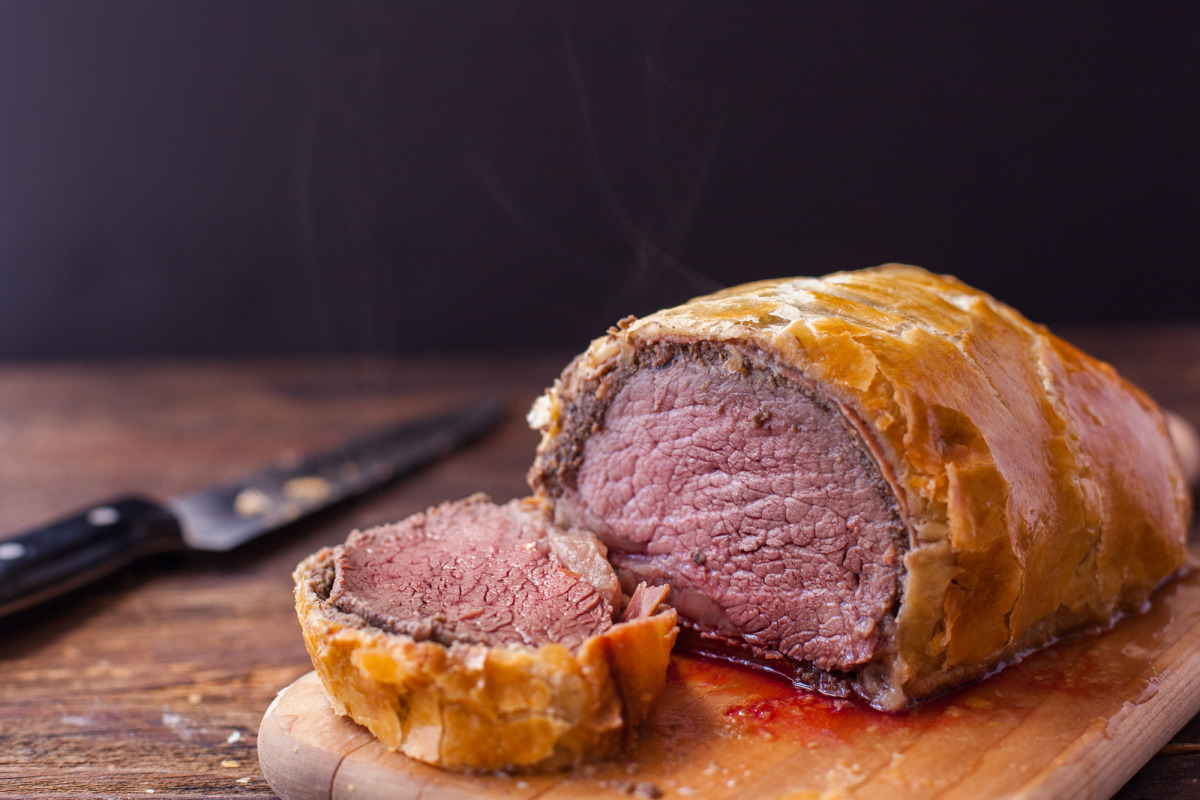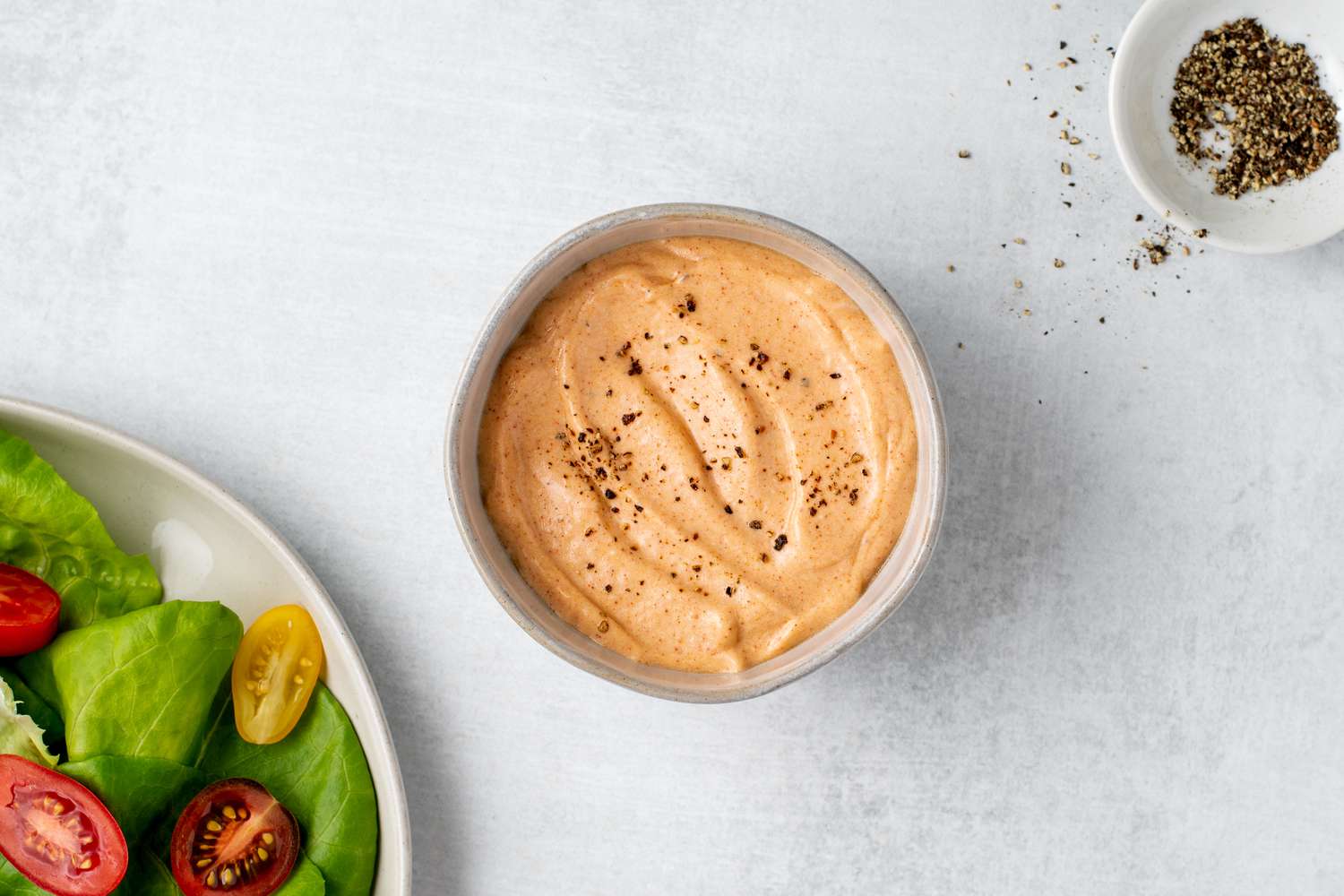When it comes to Italian desserts, the Florentine Cannoli is a true standout. This delectable treat is a beloved classic in Italian cuisine, known for its crispy shell and creamy filling. If you've ever wondered what makes a Florentine Cannoli so special, you've come to the right place. In this article, we'll explore the origins, ingredients, and flavors of this delightful dessert.
Origins of the Florentine Cannoli
The Florentine Cannoli has its roots in the beautiful city of Florence, Italy. This iconic dessert has been a part of Italian culinary tradition for centuries, with its origins dating back to the Renaissance period. The name "cannoli" actually means "little tube" in Italian, which perfectly describes the shape of this delectable treat.
The Crispy Shell
One of the defining features of a Florentine Cannoli is its crispy shell. Made from a mixture of flour, sugar, and butter, the shell is rolled into thin, delicate tubes and then fried to golden perfection. The result is a light and flaky shell that provides the perfect contrast to the creamy filling.
The Creamy Filling
The filling of a Florentine Cannoli is where the magic happens. A traditional filling is made from a combination of ricotta cheese, sugar, and vanilla, creating a smooth and luscious texture. Some variations may also include hints of citrus zest or chocolate chips for added flavor and texture.
Serving and Presentation
Florentine Cannoli are often served as a dessert or sweet treat, and they are commonly enjoyed during special occasions and celebrations. In Italy, it's not uncommon to see these delightful pastries served at weddings, festivals, and family gatherings. They are typically garnished with a dusting of powdered sugar and sometimes adorned with chopped pistachios or candied fruit.
Enjoying Florentine Cannoli
When it comes to enjoying a Florentine Cannoli, there are a few key tips to keep in mind:
- Savor the Crunch: The crispy shell is a key part of the experience, so be sure to savor the satisfying crunch with each bite.
- Indulge in the Creamy Filling: The creamy ricotta filling is the star of the show, so take your time to enjoy its rich and velvety texture.
- Pair with Coffee or Dessert Wine: Florentine Cannoli pair beautifully with a cup of espresso or a glass of dessert wine, enhancing the overall experience.
Conclusion
In conclusion, the Florentine Cannoli is a beloved Italian dessert that has captured the hearts and taste buds of people around the world. With its crispy shell, creamy filling, and rich history, it's no wonder that this delightful treat continues to be a favorite among dessert enthusiasts. Whether enjoyed as a sweet ending to a meal or as a standalone indulgence, the Florentine Cannoli is a true delight that embodies the essence of Italian culinary craftsmanship.
Was this page helpful?
Read Next: What Is The Purpose Of Flour
